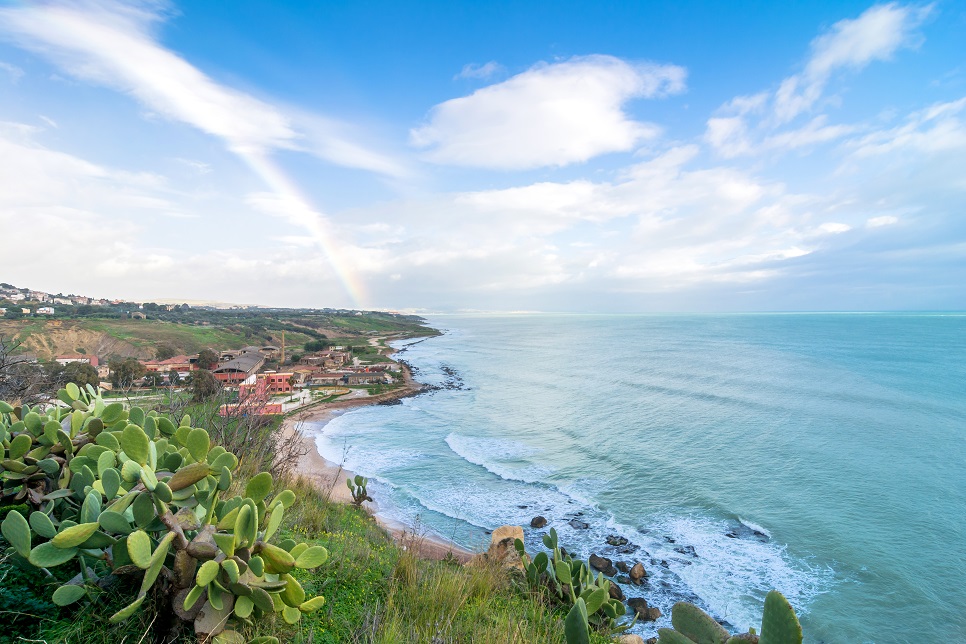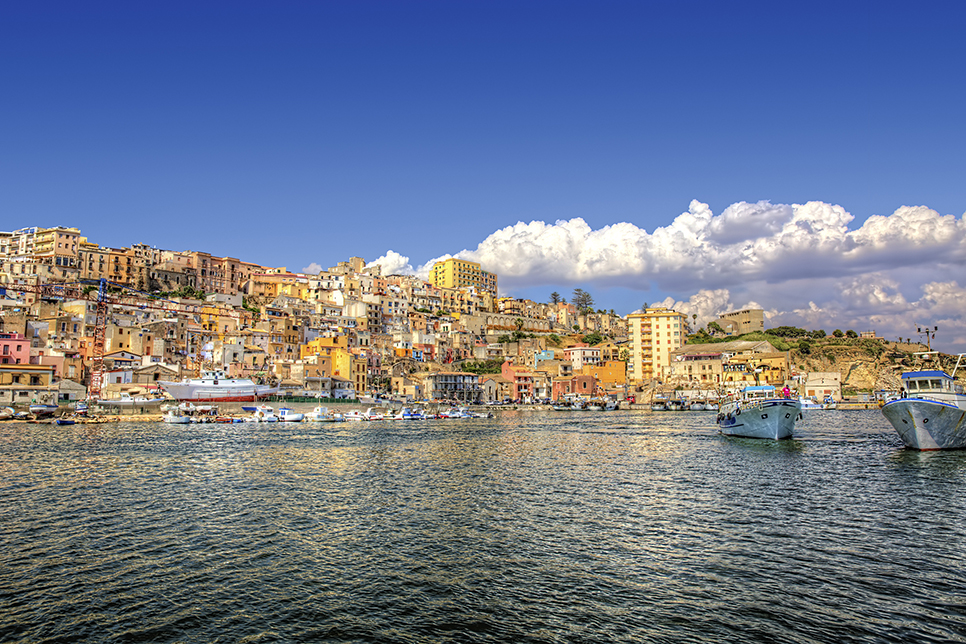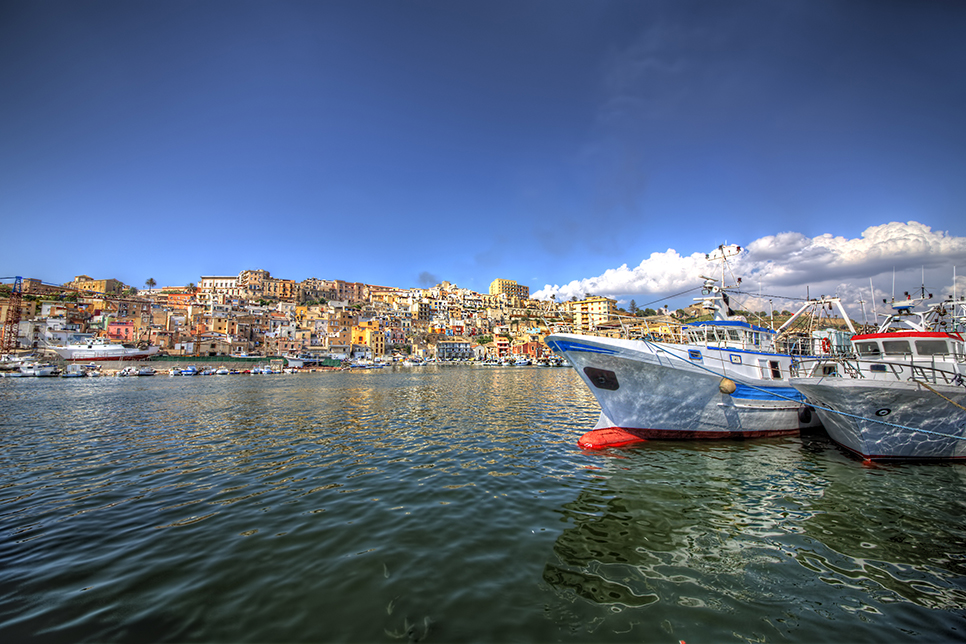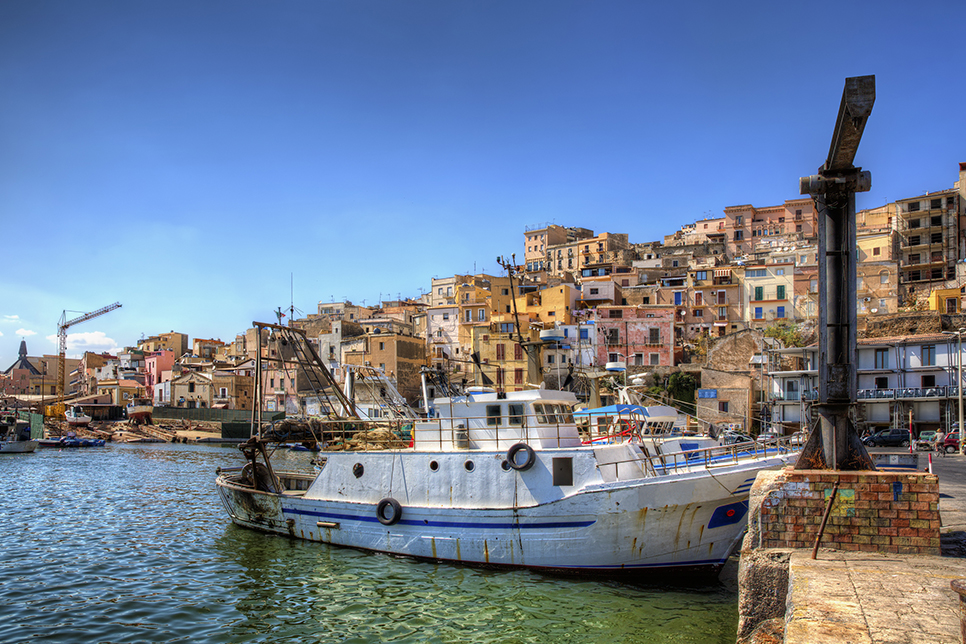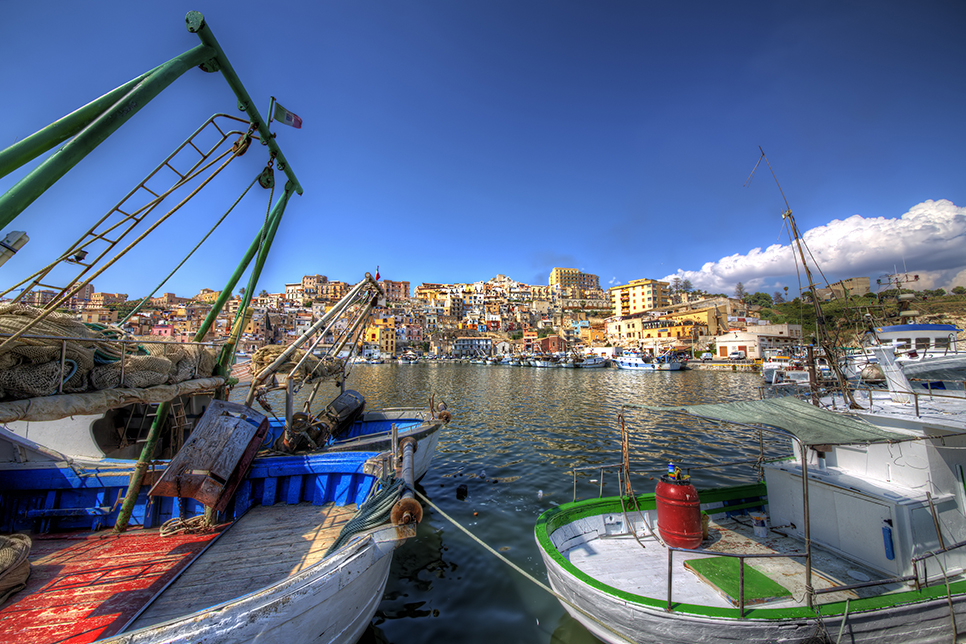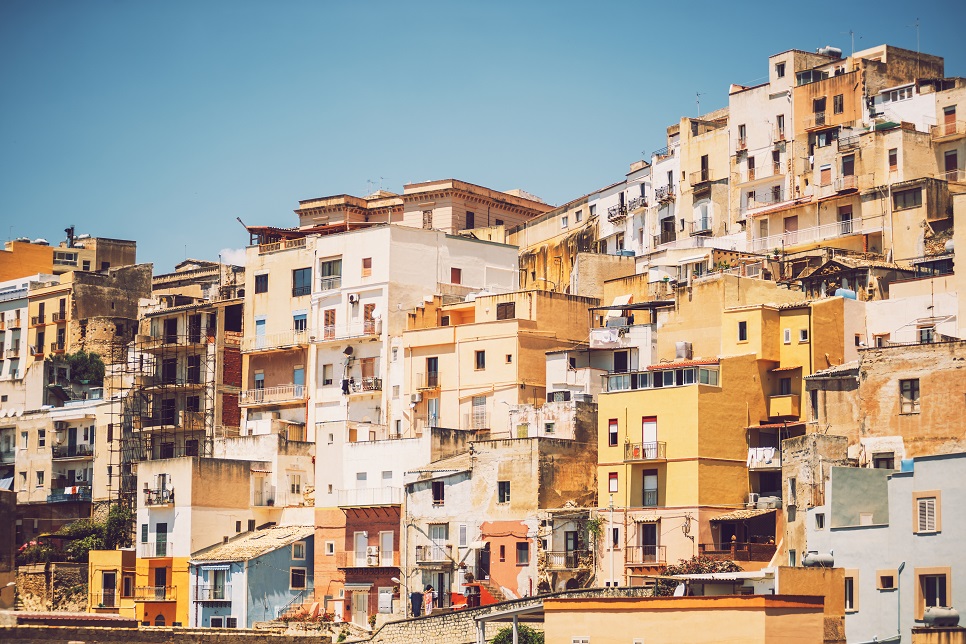Essentially a fishing port, Sciacca is less touristy than other Sicilian coastal towns such as Cefalù and Taormina. The nearest archaeological sites include Agrigento and Selinunte and local beaches are sandy and generally relatively uncrowded. Fishing remains its main industry and the view from the main Piazza Scandaliato of the rather functional port, with its vast fishing fleet, is a good introduction to the town.
The town is essentially set on several levels, starting with the port at sea level, progressing to the Piazza Scandaliato, then up to the historic centre and finally up to the town’s castle and the old city walls. The historic centre is criss-crossed with narrow lanes and alleys and several buildings date back to the sixteenth century.
Thermal springs have attracted visitors to the town from as early as the seventh century BC. Roman rulers used the town as a spa and today, the Terme di Sciacca offers a wide range of treatments. Alternative facilities include a thermal swimming pool complex just outside the town, and natural steam caves (the Stufe di San Calogero).
Sciacca is renowned for several colourful festivals, including the fishermen’s San Pietro celebration in June, but the high point is Carnival when the Mardi Gras parade of large floats rivals pre-Lent festivities in most other Sicilian towns.
View alla our villas near Sciacca
Sciacca
Thermal springs and Sicily's biggest Carnival
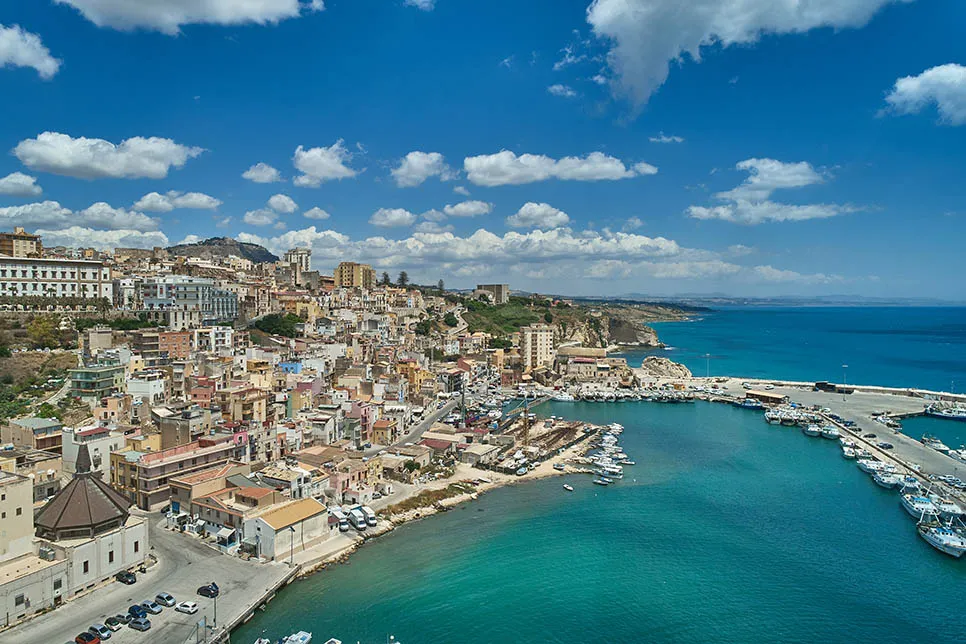
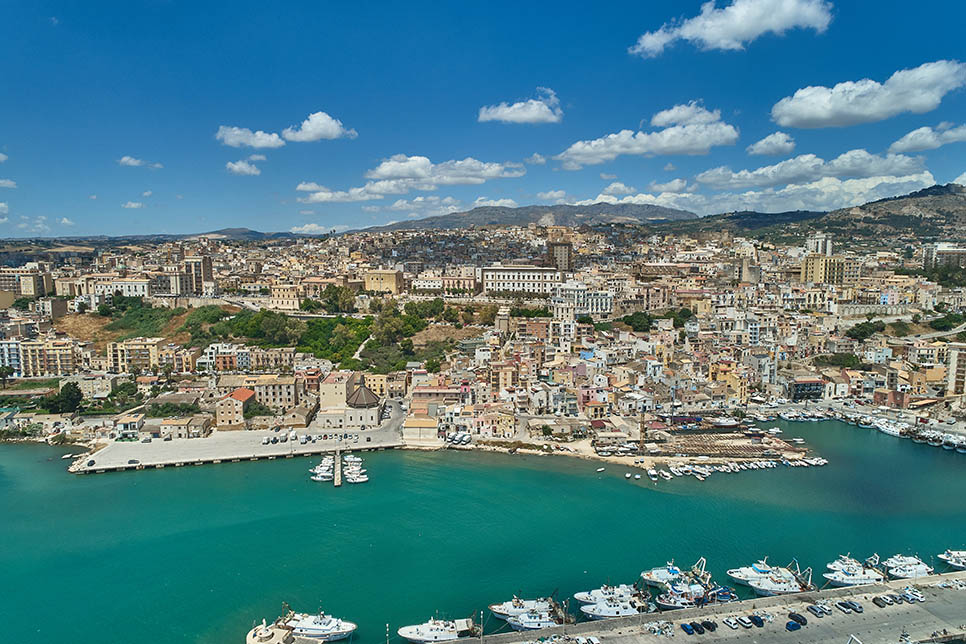
.jpg )
